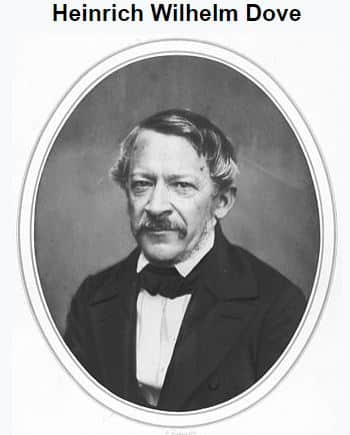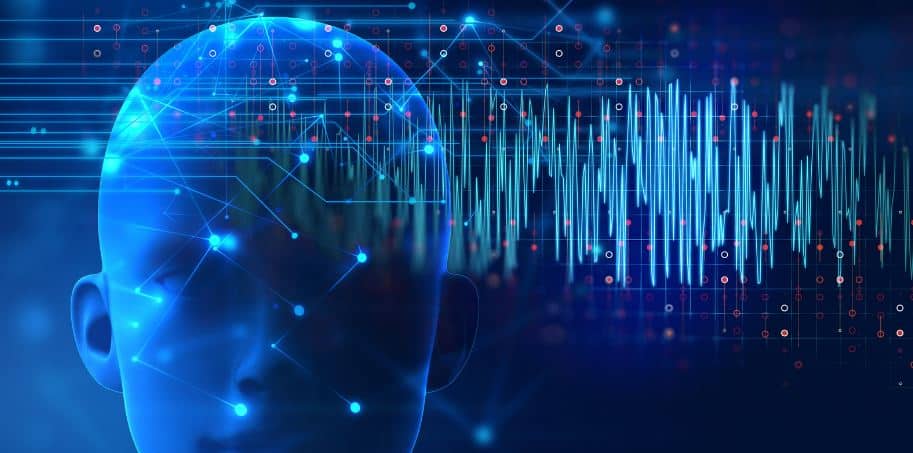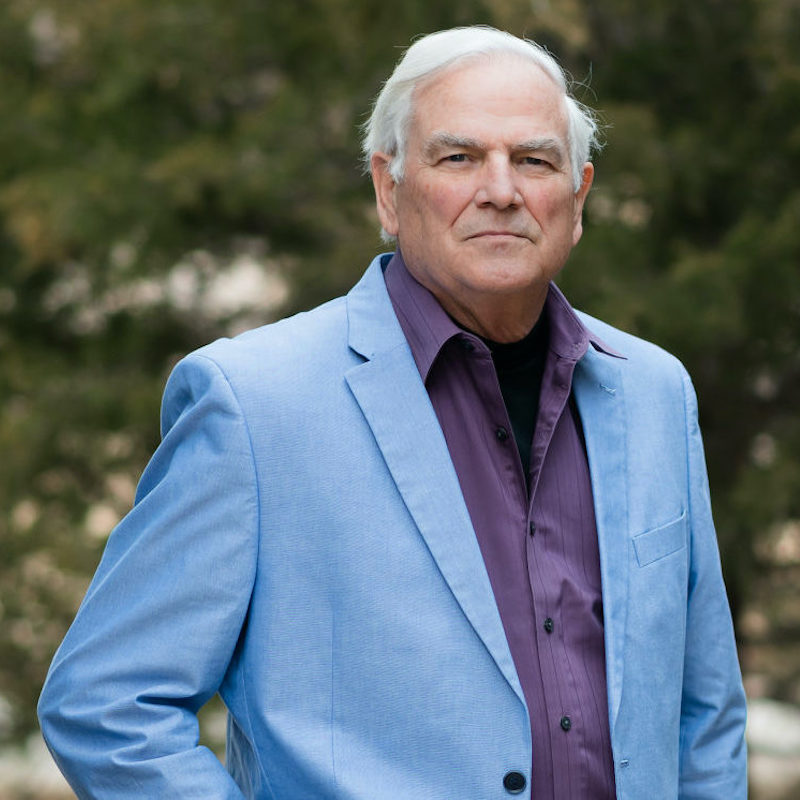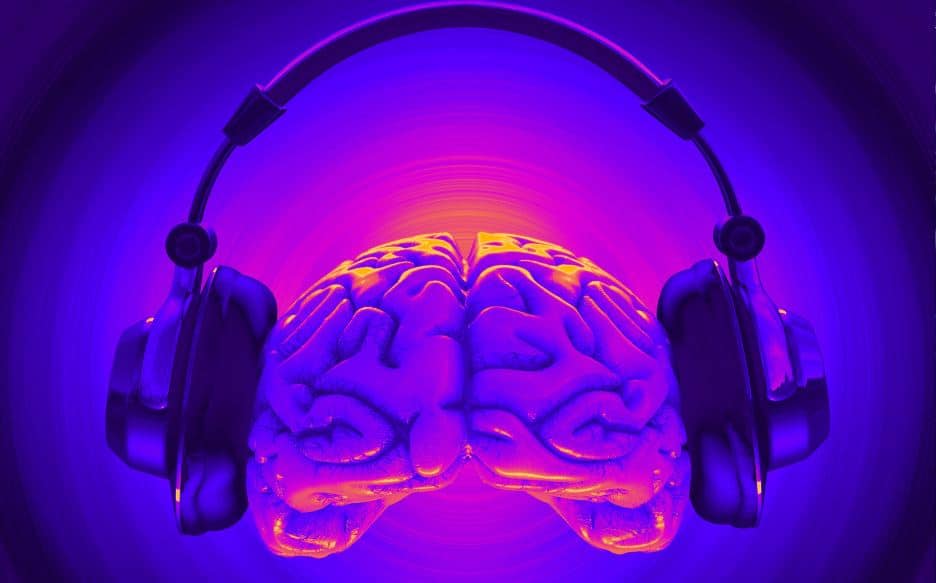
Image credit: Wikipedia
Heinrich Wilhelm Dove, born in 1803 in Liegnitz, Prussia (now Poland) during the tumultuous Napoleonic Wars, hailed from a prosperous family with a background in pharmacy and commerce. Despite his family’s lineage, Heinrich’s health issues propelled him towards an academic path, diverting him from the family profession.
As a student at the University of Breslau in 1821, Heinrich displayed an inquisitive and open-minded nature. His intellectual pursuits extended beyond the realm of science, encompassing interests in politics, history, and philosophy. These diverse subjects became subjects of his study during his time at the university. In 1826, he presented his doctoral thesis on climatology to the University of Königsberg, where he also delivered lectures until 1829.
In 1830, Heinrich assumed the position of Associate Professor at the University of Berlin, a role he held until 1845 when he was appointed as a Full Professor at Friedrich-Wilhelms-Universität. Notably, he served as the university’s rector (Chancellor) in 1858–1859 and again in 1871–1872, highlighting his esteemed position within the academic community.
While Heinrich’s body of work primarily focused on meteorology and climatology, consisting of approximately 300 papers, his association with audiology stems from his groundbreaking discovery in 1839—the concept of binaural beats. Although credited with this discovery, Heinrich Wilhelm Dove was not the sole observer interested in the phenomena of binaural beats. Figures like Christiaan Huygens had also recognized their characteristics and were intrigued by the interplay between sound and its potential for relaxation. Early observers referred to this phenomenon as “brainwave entrainment,” although it initially held more curiosity than practical application.
Binaural Beats – Curiosity or Possible Treatment?
Dr. Gerald Oster, a renowned biophysicist (1918-1993), played a crucial role in transitioning binaural beats from an intriguing scientific phenomenon to a potential therapeutic tool for various disorders. In 1973, he published a groundbreaking paper in Scientific American, which lent credibility to binaural beats and sparked further exploration in the field. It is important to note that Oster did not invent binaural beats nor introduce the term “brainwave entrainment.” Instead, his paper focused on documenting how the brain processes frequency signals and generates the effects of binaural beats.
Drawing from existing scattered research, Oster developed a compelling argument that shed new light on binaural beats and their potential as a powerful tool for cognitive and neurological investigations. He proposed that these beats could elucidate the mechanisms by which animals perceive sounds in their three-dimensional environment and selectively attend to specific sounds amidst a cacophony of noise—a phenomenon referred to as the “cocktail party effect” by audiologists.
Oster’s seminal article also highlighted his belief that binaural beats held promise as a diagnostic tool in the field of medicine, extending beyond the identification and evaluation of auditory impairments. He postulated that they could prove valuable in diagnosing broader neurological conditions, as binaural beats engage distinct neurological pathways separate from conventional auditory processing.
Oster’s pioneering research paved the way for further investigation and demonstrated the remarkable promise of binaural beats in understanding cognition and addressing neurological conditions.
Notably, Oster discovered that individuals with Parkinson’s disease, who initially could not perceive binaural beats, exhibited a notable change after receiving a week-long treatment. By the end of the treatment, these patients became capable of perceiving the beats, suggesting potential applications for medical diagnostics and treatment.
Dr. Gerald Oster’s groundbreaking work paved the way for further exploration and utilization of binaural beats, highlighting their potential as a valuable tool for understanding the brain and addressing various cognitive and neurological conditions.
But…. What ARE Binaural Beats
Within the realm of Hearing Science or Acoustics classes, audiologists have encountered binaural beats, which, while not particularly useful for hearing evaluation, have found applications in meditation, migraine therapy, studying aids, relaxation aids, and even as a simulated “high” akin to a “marijuana algorithm.”
Binaural beats have been created for various hallucinatory drugs, suggesting a broader scope for their usage.
Interestingly, these beats have also been proposed as a potential treatment for auditory processing disorders, as they stem from the auditory system’s sound processing. Binaural beats, or binaural tones, are perceptual artifacts resulting from specific physical stimuli and evoke low-frequency pulsations in sound amplitude and localization when different frequencies are presented to each ear via stereo headphones. The impact on brainwaves depends on the frequency difference between the tones.

Studies have shown that the response to binaural beats occurs not only within the auditory region of the brain or in one specific hemisphere but resonates throughout the entire brain, with the waveforms of both hemispheres synchronizing in frequency, amplitude, phase, and coherence. Neurophysiologists investigating the sense of hearing find binaural beats intriguing, as they appear to influence the brain through the entrainment of brainwaves, potentially reducing anxiety and offering other health benefits, such as pain control.
A simple internet search reveals the existence of a thriving subculture surrounding binaural beats. Exploring platforms like YouTube will present a plethora of beats claiming to offer cures for a wide range of ailments, inviting curious individuals to explore and potentially purchase these offerings.
References:
Wikipedia (2015) Binaural Beats. Retrieved February 22, 2015: http://en.wikipedia.org/wiki/Binaural_beats
Sound Healing (2015). Retrieved February 24, 2015: http://www.sound-healing.info/
The Daily Omnivore (2015). Binaural Beats. Retrieved February 24, 2015: http://thedailyomnivore.net/2011/10/13/binaural-beats/#more-14046
Klarreich, E. (2002). Huygens’s clocks revisited. American Scientist. Retrieved February 25, 2015: http://www.americanscientist.org/issues/pub/huygenss-clocks-revisited
Oster, G. (1973). Auditory beats in the brain. Scientific American. Retrieved February 25, 2015: http://www.amadeux.net/sublimen/documenti/G.OsterAuditoryBeatsintheBrain.pdf
About the author

Robert M. Traynor, Ed.D., is a hearing industry consultant, trainer, professor, conference speaker, practice manager and author. He has decades of experience teaching courses and training clinicians within the field of audiology with specific emphasis in hearing and tinnitus rehabilitation. He serves as Adjunct Faculty in Audiology at the University of Florida, University of Northern Colorado, University of Colorado and The University of Arkansas for Medical Sciences.
**this piece has been updated for clarity. It originally published on February 25, 2015








If one carefully reads Jerry Tobias’ chapter in Volume 2 of “Modern Auditory Theory”, published in the early 1970s, one will come across another really interesting “use” for binaural beats. Trust me, it’s quite interesting.